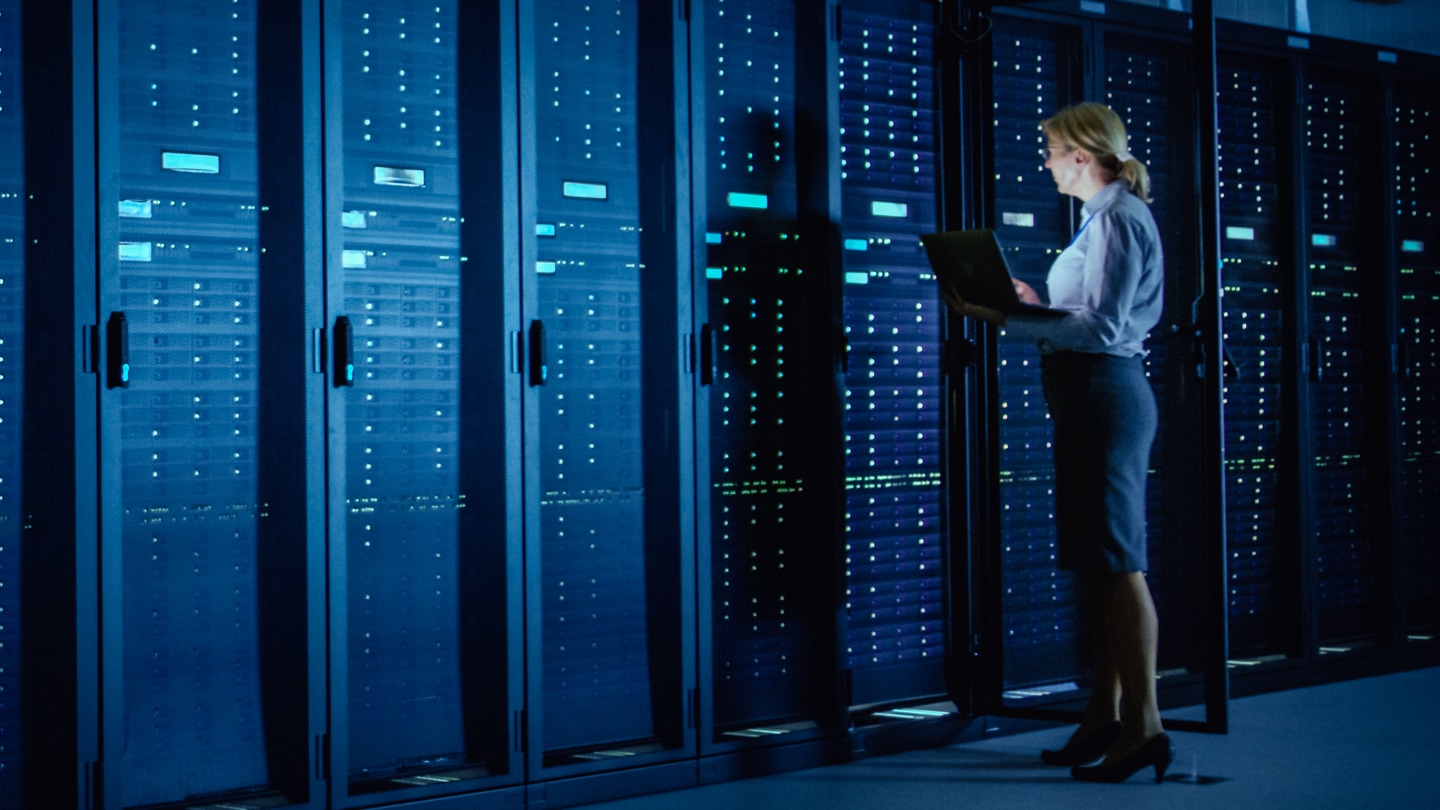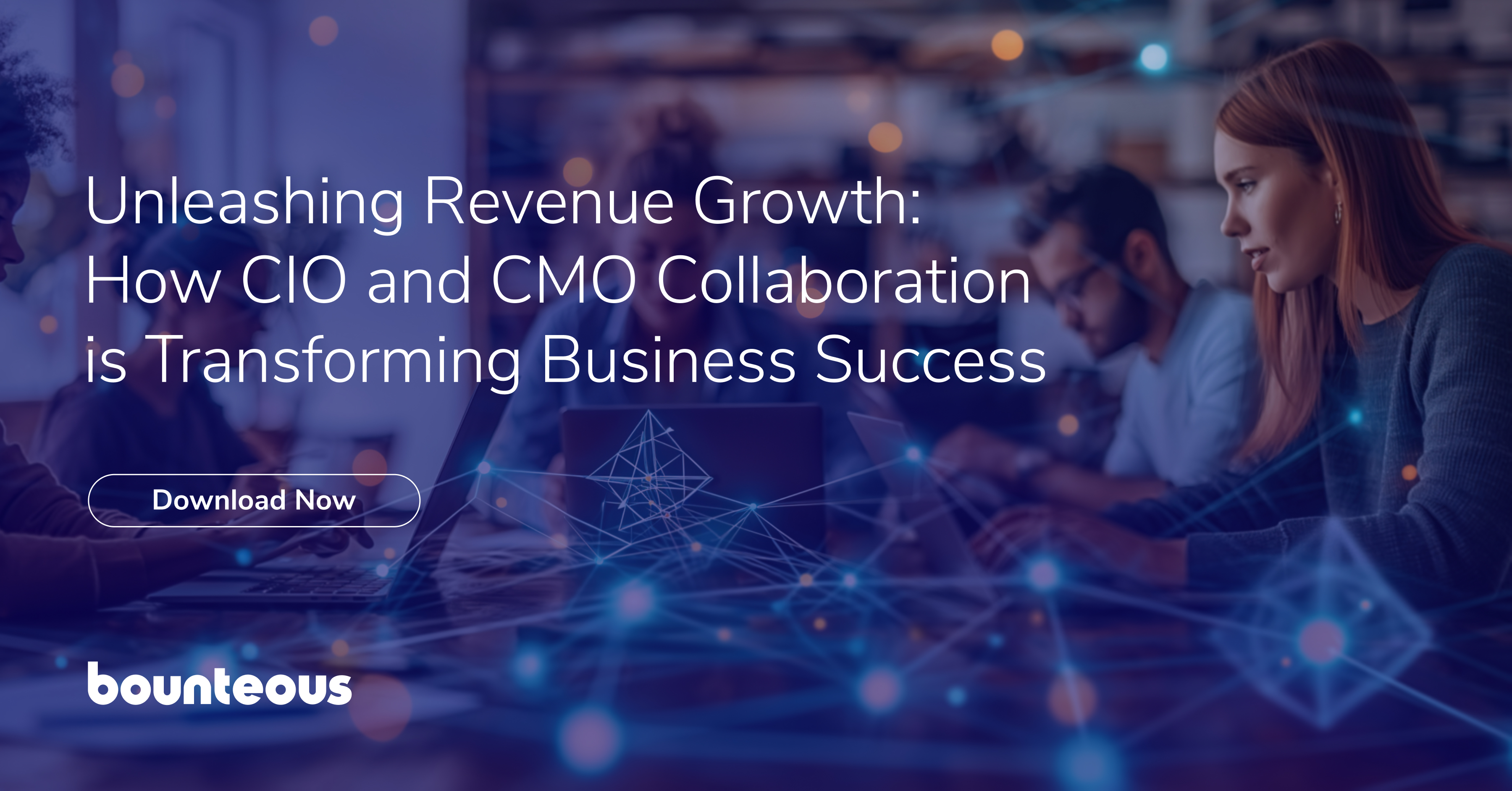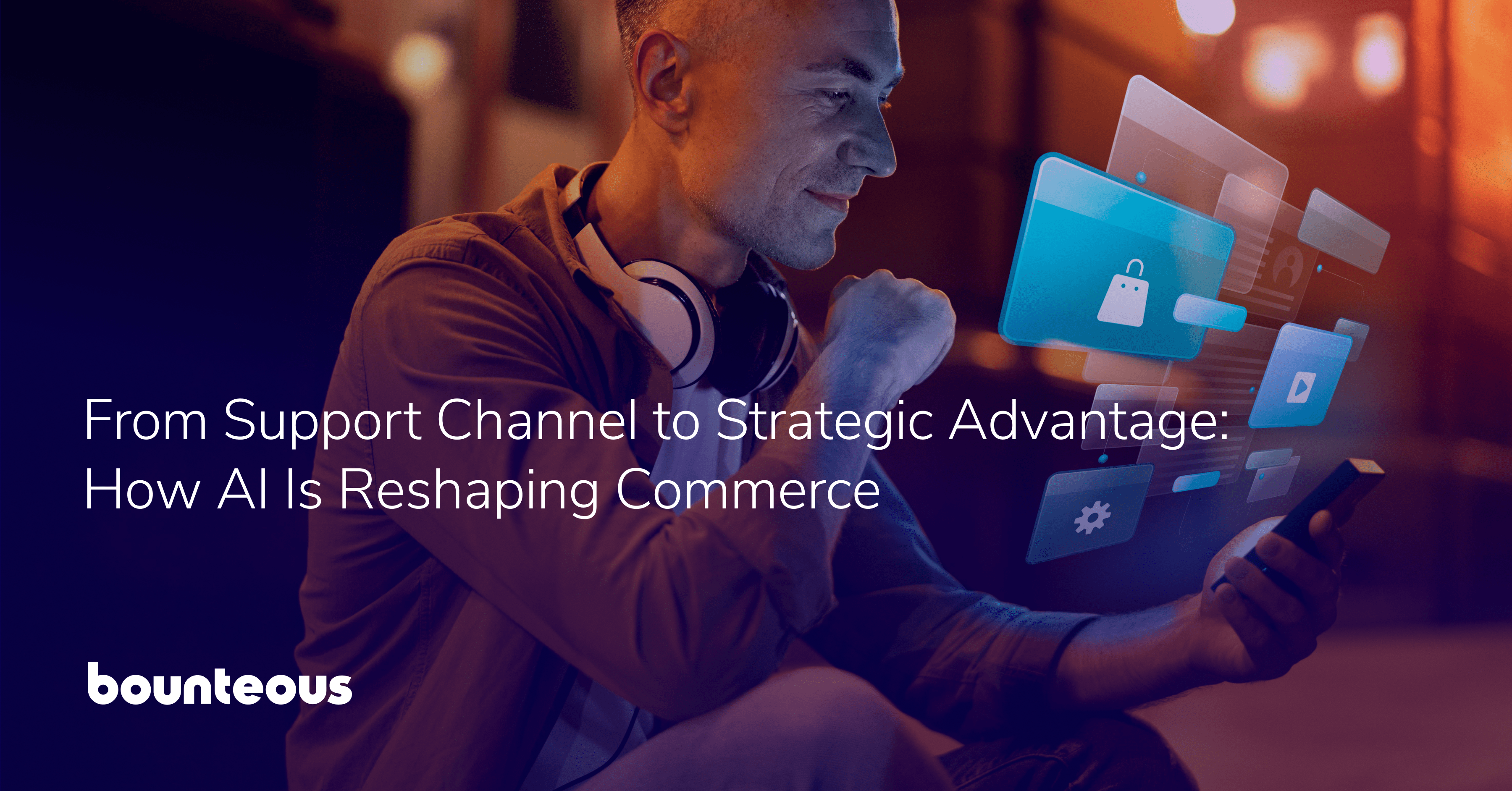SQl vs NoSQL in the Changing IT Landscape

Its dissemination or transmission is emerging as one of the most critical aspects in almost all applications.
Over the years, the performance and reliability of computer hardware has undergone exponential increase. But how does this impact the way we work with data?
While network speeds are growing rapidly, enabling faster data transfers, memory (RAM) and storage (HDD, SSD) are becoming cheaper along with rapid speed jumps. We need to highlight and compare the improvements in personal computing and in the corporate space for people to relate, right?
For instance, home broadbands are now capable of 1Gbps speed and home-bound ethernet switches can operate at 2.5Gbps - most of us use laptops that have 1Gbps ethernet ports on them, but the same on the corporate side (AWS for example) is as high as 25Gbps!
Also take storage, for example, the latest MacBook Pro’s have SSDs operating at 7GBps, the same that the PS5 recommends. Most current laptops have SSDs operating at 3-4GBps. Gone are the days when HDDs were mainstream operating at ~150MBps.
Going the (No)SQL way
The database universe is undergoing a transformation with the legacy RDBMS being reimagined for a distributed world. So, what kind of database will you primarily use to store your data? In the relational (SQL) Vs. non-relational (NoSQL) debate, the determining factors are your data structure, ability to query data, and your scalability needs.
Even a few years back, app developers needed to know SQL since, regardless of the data model/format used within the application, they would eventually need to store to an RDBMS and then access the data using queries. And, you had to spend time on how you structured the query, as it impacted the performance of the query and the database.
Object-relational mapping (ORMs) does remove some of the pain but typically large read-intensive queries are hand-coded and sit in a stored procedure. For applications that don’t require one or more staples of SQL databases: atomic, consistent, isolated, durable (ACID) transactional capabilities, the idea of storing the data as a JSON/XML object and utilizing SerDe libraries is no doubt more productive than trying to get the SQL query tuned!
Although relational databases have always been the go-to for storing data and they continue to be a viable option, NoSQL has evolved as the preferred choice in many use cases in terms of scalability and performance. Formerly robust ACID transactional capabilities were the domain of RDBMS, however MongoDB, one of the examples of NoSQL upping the game, now provides the capability, making NoSQL even more enticing to switch to.
NoSQL: The perfect fit for an agile infrastructure
As you might have guessed, now developers are increasingly migrating towards NoSQL data – whether it is because of the rapid app evolution, ease of coding, or improved performance, the reasons can be many. Not surprisingly, NoSQL databases are more popular in modern architecture as it enables data storage in a format that yields faster performance for a large amount of data.
And, with the huge increase in data volumes, the architecture of data storage has transitioned to the replica model for scalability. For many use cases, RDBMS database design and SQL queries versus the document model and data duplication friendly (simpler queries) storage model of NoSQL will enable NoSQL to flourish.
So, what will be your next move?
With digital disruption, businesses, across industries, must manage large volumes of data at sub-second speeds and the need to scale up quickly has never been more. The adoption of digital technologies like cloud and big data makes the integration of NoSQL databases, which offers speed and stability, almost a no-brainer. But despite its advantages, NoSQL is by no means a replacement for SQL as each is suited to different use cases, so which tool to use is based on what you’re trying to accomplish.
Simply put, the architecture choices are no longer simple technological checkboxes. Technology decisions that challenge the status quo have become trendsetters in a world that is more accepting of the change. And, the time to change is now.


